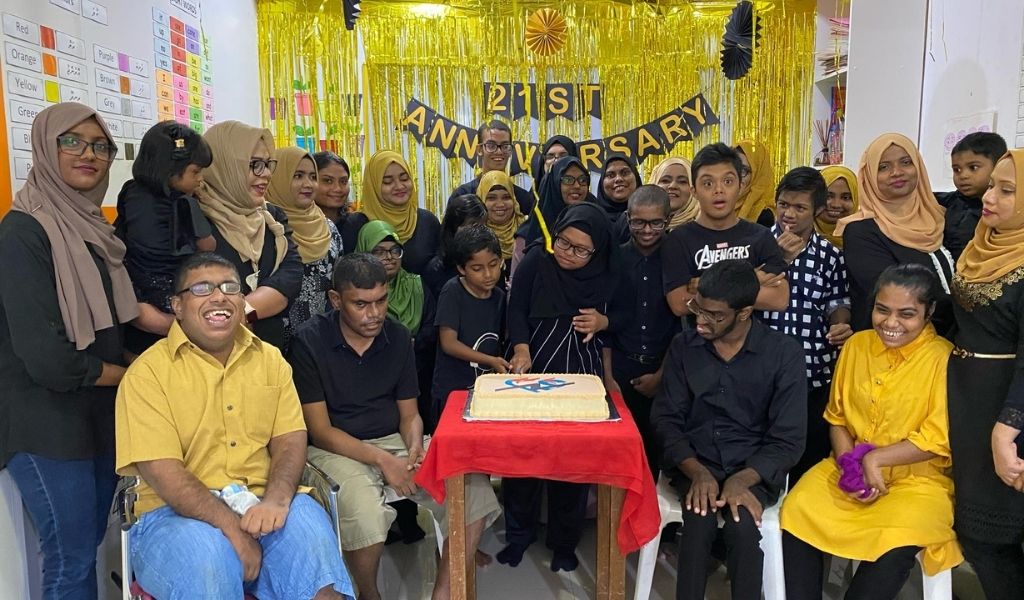
On The Note That Not All Disabilities Are Visible
Today, 3rd December, marks the International Day of Persons with Disabilities. It is a United Nations gazette global event with the aim of promoting the rights and well-being of persons with disabilities in all spheres of the society and development and to increase awareness of the circumstances these persons in every aspect of their life in addition to recognizing and celebrating their achievement. The theme for IDPwD 2020 is “Building Back Better: toward a disability-inclusive, accessible and sustainable post COVID-19 World”.
Whilst we continue to celebrate the day, I want you all to take a moment to understand one universal truth. Not all disabilities are apparent. According to the Word Report on Disability by World Health Organization (WHO), 15% of the world – totaling up to over 1 billion people – are living with a disability. From this, it is estimated that 450 million people are living with a mental or neurological condition of which two-thirds of these people will not seek professional medical help, largely due to stigma, discrimination and neglect.
So things that you may have previously considered as just health conditions such as mental illness, chronic pain or fatigue, sight or hearing impairments, diabetes, brain injuries, neurological disorders, learning differences and cognitive dysfunctions, amongst others are disabilities as well.
The point I am putting forward is that, whilst we show support to persons with apparent disabilities, we are completely oblivious to the persons with disabilities that we are leaving behind. Hence, when we aim to “build back better” post COVID-19, inclusivity should extend to such persons as well. For this to happen, identification is an important process. Thereby, the onus is on all of us to be aware of disabilities that might be hidden.